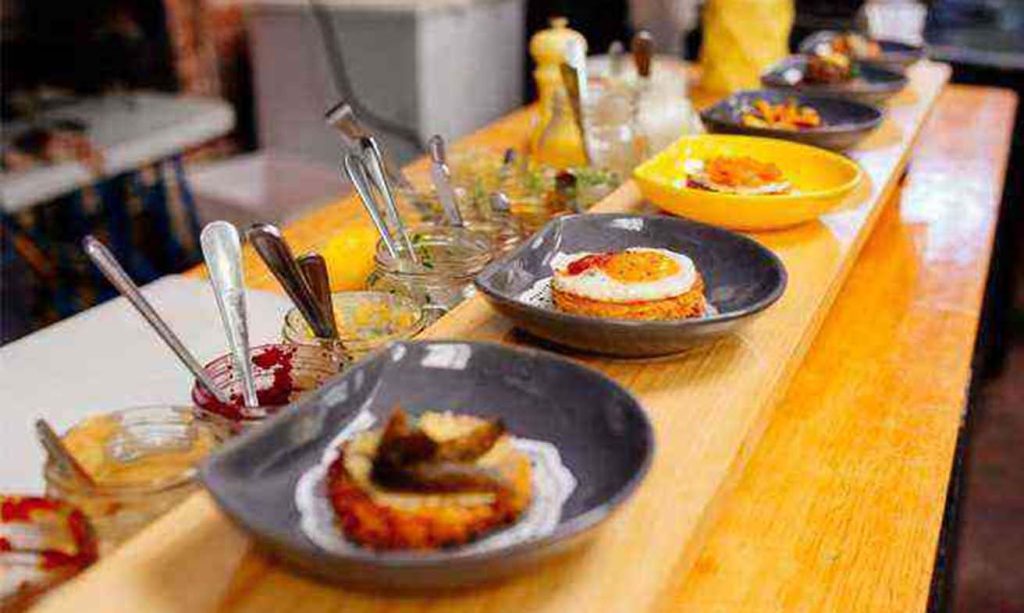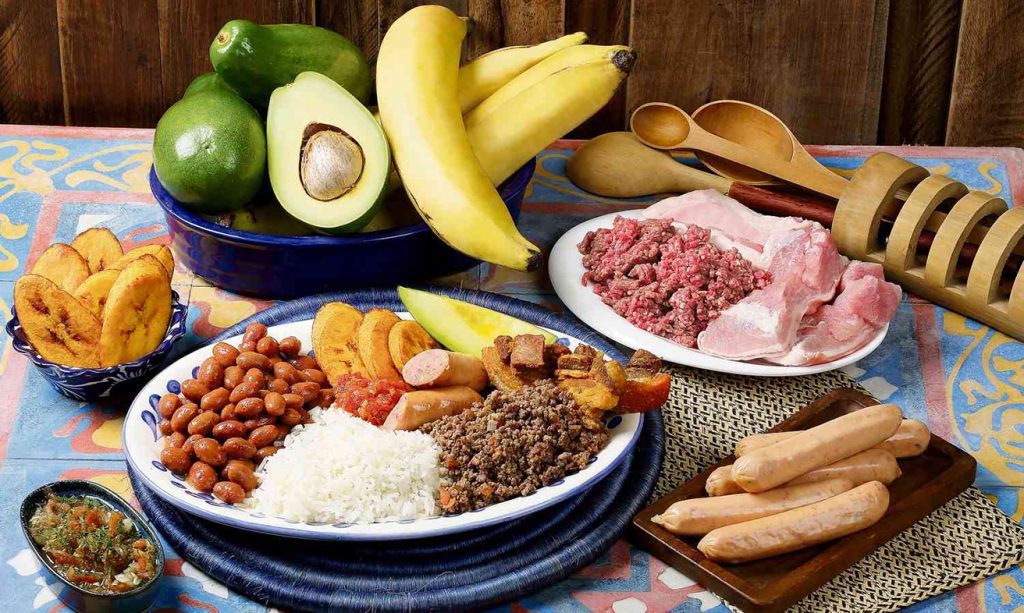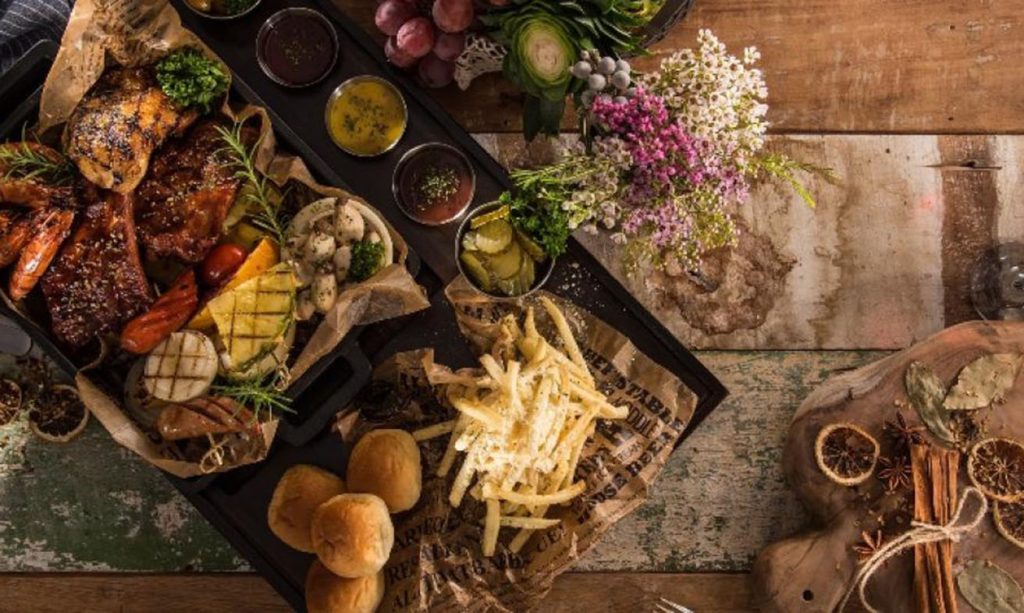Among the many destinations that have captured my taste buds, Cape Town, South Africa, stands out as a true culinary paradise. With its rich blend of influences from various cultures, the local food scene in Cape Town offers a delightful array of dishes that are both flavorful and unforgettable.
Cape Malay Curry: As a melting pot of cultures, Cape Town is home to a vibrant Cape Malay community, whose culinary traditions have left an indelible mark on the local food scene. One dish that epitomizes this fusion of flavors is Cape Malay Curry. Influenced by Indonesian and Malaysian cuisines, this aromatic curry is made with a medley of spices, including turmeric, cumin, and coriander, creating a rich and flavorful sauce. Often served with tender chicken or succulent lamb, the Cape Malay Curry is best enjoyed with fragrant rice and sambals, which are a mix of chopped onions, tomatoes, and grated coconut.
The distinct blend of spices in Cape Malay Curry reflects the historical influence of the Malay people who were brought to South Africa as slaves during the 17th and 18th centuries. Over the years, they merged their culinary heritage with the local ingredients, resulting in a unique flavor profile that has become an integral part of Cape Town’s food culture. For an authentic taste of this delectable dish, I recommend visiting local eateries and restaurants in the Bo-Kaap neighborhood, where the Cape Malay community resides, as they serve some of the most authentic and flavorsome Cape Malay Curries.
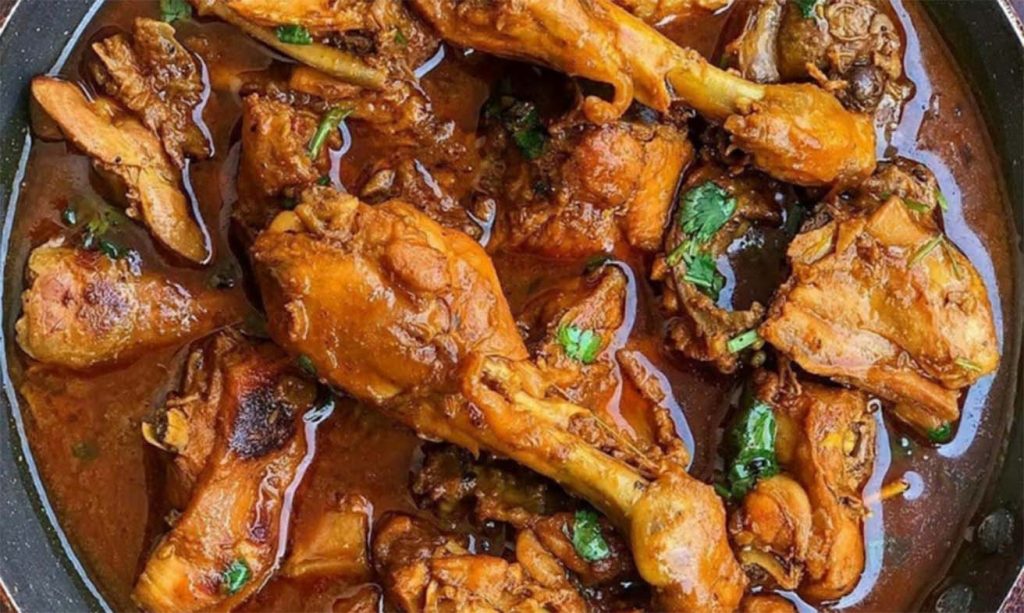
Bobotie: Another Cape Malay gem is Bobotie, a delightful South African take on shepherd’s pie. This comforting dish consists of minced meat, often beef or lamb, mixed with spices, dried fruits, and herbs, and then topped with a custard-like layer made from beaten eggs and milk. The combination of savory and sweet flavors creates a unique taste that is a true reflection of the Cape Malay culinary heritage. Served with yellow rice, chutney, and a sprinkling of almonds, Bobotie is a must-try comfort food for any food enthusiast visiting Cape Town.
The origins of Bobotie can be traced back to the Malay slaves who brought their culinary traditions to the Cape. Over time, the dish evolved and incorporated influences from Dutch and British cuisine, resulting in the beloved Bobotie we enjoy today. Many restaurants in Cape Town offer their own twist on this classic dish, each adding their unique touch to the traditional recipe. For an authentic experience, I recommend trying Bobotie at iconic Cape Town eateries or joining a local cooking class to learn how to make this flavorful dish yourself.
Gatsby: For a hearty and satisfying street food experience, look no further than the Gatsby. This iconic Cape Town sandwich is a marvel of flavors and generous portions. Originating from the Cape Flats, an area renowned for its vibrant culture and diverse communities, the Gatsby is a foot-long roll filled with a variety of fillings such as masala steak, chicken, or boerewors (South African sausage). Accompanied by hot chips (fries) and a medley of toppings that may include fried egg, cheese, and a tangy sauce, the Gatsby is a culinary indulgence that locals and visitors alike relish.
The Gatsby has become a beloved Cape Town institution, representing the fusion of diverse cultures that define the city. Its name is said to be inspired by the classic novel “The Great Gatsby,” as the sandwich is known for its extravagance and substantial size, making it a perfect meal to share with friends or family. While the Gatsby originated from the Cape Flats, you can find this mouthwatering treat at various take-out joints and cafes across the city. I recommend trying a classic masala steak Gatsby, as it perfectly captures the essence of this unique Cape Town delight.
Biltong: No visit to South Africa, including Cape Town, is complete without sampling the quintessential South African snack – Biltong. This traditional dried meat snack, similar to jerky, is a favorite among locals and is available in various flavors, including beef, game meats, and even ostrich. The biltong is marinated in a blend of vinegar, salt, and spices before being air-dried to perfection, resulting in a tender, flavorful, and protein-packed treat that is perfect for on-the-go snacking or as a side dish to complement your culinary adventures.
The history of biltong dates back to the days of the early Dutch settlers, who needed a way to preserve meat during long journeys and explorations. Today, biltong has become an integral part of South African culture and is enjoyed by people of all ages as a nutritious and delicious snack. When in Cape Town, you can find biltong at specialty shops, local markets, and even supermarkets. Try different flavors and varieties to find your favorite, and don’t forget to pack some to take back home as a delightful souvenir of your culinary journey in Cape Town.
Snoek Braai: As a coastal city, Cape Town boasts an abundance of fresh seafood. One dish that showcases the city’s maritime heritage is Snoek Braai, a traditional South African fish barbecue. Snoek, a type of mackerel, is seasoned with a blend of spices, brushed with apricot jam or a sweet and savory basting sauce, and then grilled to perfection over open flames. The result is a succulent and smoky fish with a delightful balance of flavors. Enjoyed with a side of freshly baked bread, Snoek Braai is a favorite among locals and visitors alike, especially during Cape Town’s summer months.
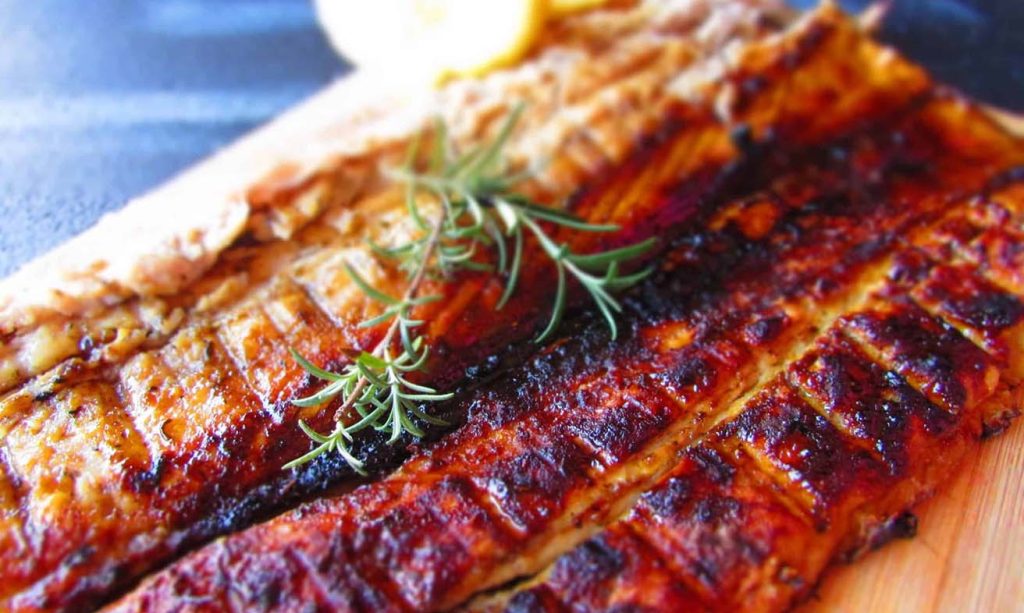
The tradition of Snoek Braai has been passed down through generations, with fishing being an integral part of Cape Town’s history and culture. Many locals and fishing enthusiasts head to the shores during Snoek season to catch the freshest fish and partake in this age-old culinary tradition. To experience a Snoek Braai like a true local, consider joining a guided fishing excursion or attending one of the vibrant beachside braais that take place throughout the year. The camaraderie and joy of sharing this delightful fish barbecue with friends and family make it an unforgettable experience in Cape Town.
Malva Pudding: For a sweet ending to your culinary journey in Cape Town, don’t miss the chance to savor Malva Pudding. This rich and indulgent dessert is a true South African classic, characterized by its spongy texture and sticky toffee-like sauce. Often served warm with a scoop of vanilla ice cream or a dollop of custard, Malva Pudding is a comforting treat that will leave you craving for more.
The history of Malva Pudding traces back to Dutch influences in South Africa during the 17th century. The name “Malva” is derived from the Malva flowers, which have a soft and delicate texture, just like the dessert. Over time, the recipe evolved, incorporating local ingredients and culinary traditions. Today, Malva Pudding is a staple in many South African households and is frequently found on the dessert menus of restaurants throughout Cape Town.
To savor the best Malva Pudding in Cape Town, head to renowned eateries and establishments known for their traditional South African desserts. The rich and comforting flavors of this dessert will provide a perfect ending to your culinary adventure in Cape Town.
Cape Town’s local delicacies offer a tantalizing exploration of flavors and cultures, a true reflection of the city’s diverse heritage. From the aromatic Cape Malay Curry to the comforting Bobotie, the hearty Gatsby, the flavorful Biltong, the smoky Snoek Braai, and the indulgent Malva Pudding, every dish tells a unique story and invites you to embark on a culinary adventure like no other. So, when you find yourself in Cape Town, be sure to immerse yourself in this gastronomic haven, where every bite is a celebration of tradition, culture, and the joy of good food. Whether you are exploring the colorful streets of Bo-Kaap or indulging in street food delights, each culinary experience will leave a lasting impression and create cherished memories of your time in this vibrant city.
